Reptiles are a diverse group of animals distributed across almost every region of the world. However, according to the IUCN Red List, the world’s most comprehensive biodiversity inventory, 658 reptile species are currently endangered, and 368 species are critically endangered. In this article, we’ll explore some notable examples of endangered reptiles and examine the human responsibility in their decline—as well as the hope for conservation.
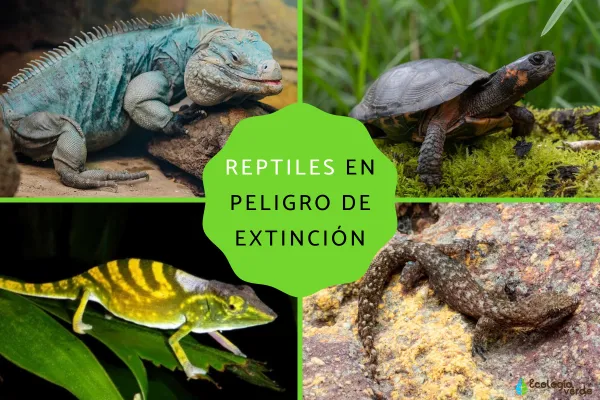
Endemic to the Cayman Islands, the Blue Iguana once faced near extinction. Thanks to the Blue Iguana Recovery Program launched in 2002, the adult population has risen to over 443 individuals. If current conservation efforts continue, the population is expected to stabilize over the next three generations.
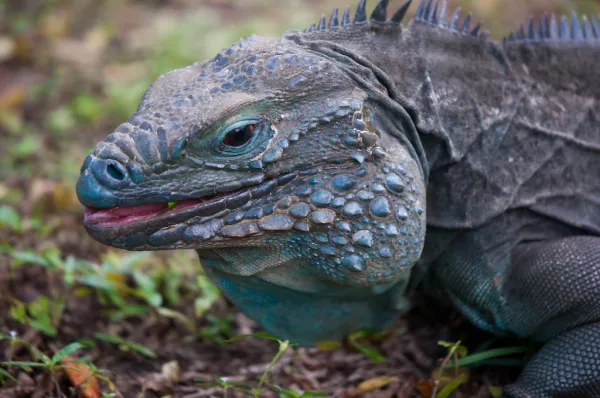
This small freshwater turtle is native to the eastern United States and is critically endangered. Its population declined by 50% over 20 years and 85% of known individuals now reside on private lands. Illegal wildlife trade is a major factor in its decline.
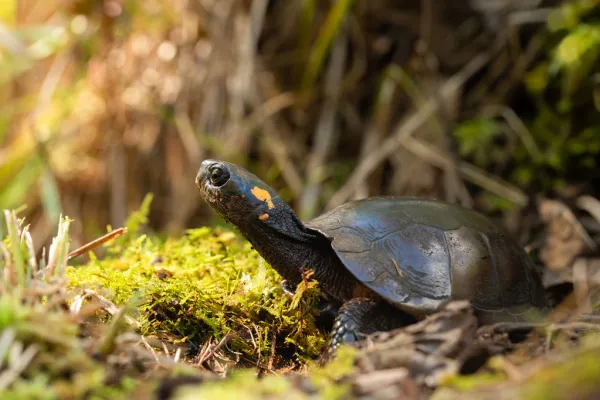
Named after the fictional character, this chameleon is endemic to the Alaotra-Mangoro region of eastern Madagascar. Only two fragmented populations remain due to deforestation, severely limiting reproduction and genetic diversity. It is currently critically endangered.
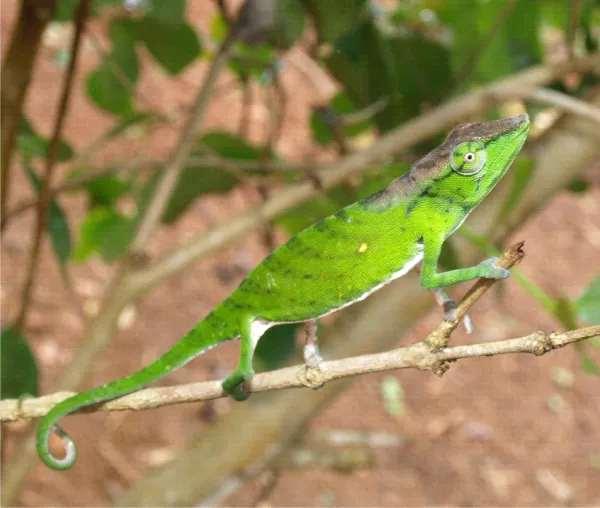
Native to New Caledonia, this gecko is severely threatened by nickel mining and illegal international pet trade. It has notably large eyes and toes and a flat head with no crests or spines. Its habitat continues to shrink due to mineral extraction.
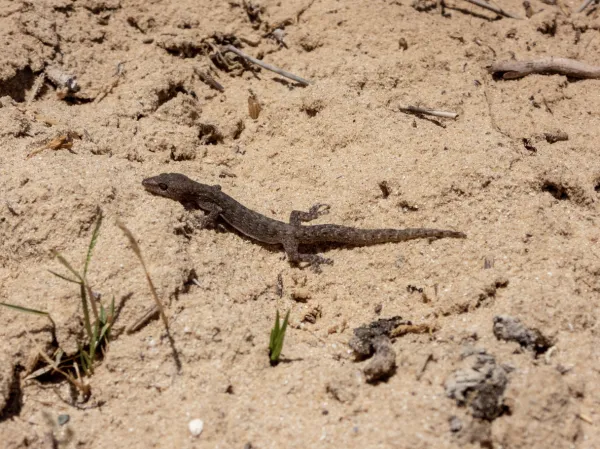
Found in China and Vietnam, this semi-aquatic lizard has already disappeared from Hunan Province. It becomes unresponsive without moisture, making it highly vulnerable to predators. Globally, it is classified as endangered.
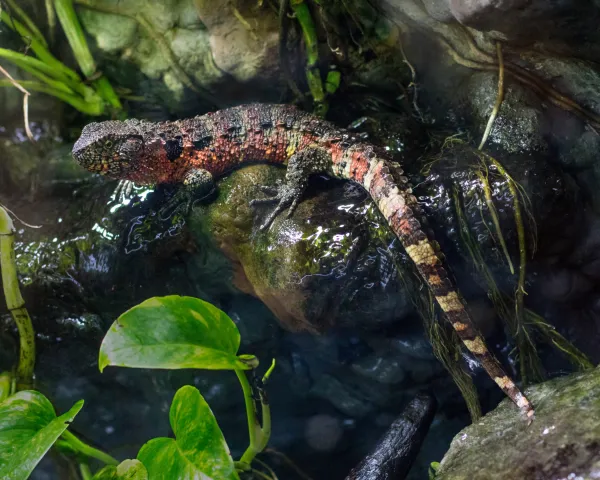
Once thought extinct in the 1950s, this rare species was rediscovered in Ecuador’s cloud forests. It lives high in the canopy and is hard to detect. Males have a distinctive horn-like snout and their tails are longer than their bodies. It is currently endangered.
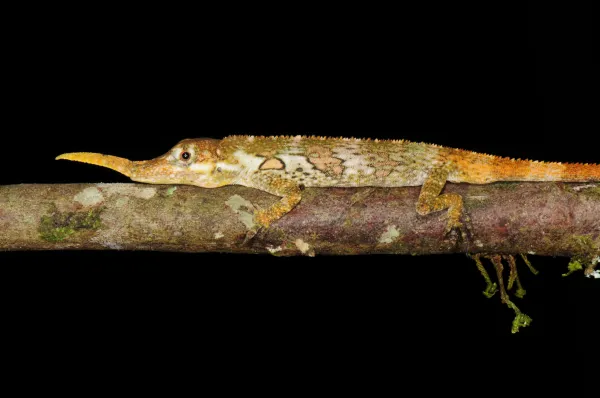
Native to Australia, this small, venomous snake measures about 50–70 cm. Though once common, habitat fragmentation has caused significant population decline, earning it endangered status.
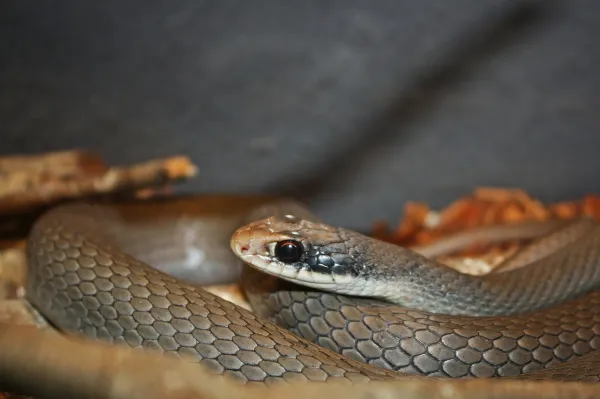
This species is found throughout tropical and subtropical oceans. It has vanished from places like the Cayman Islands and Mauritius, and possibly Israel. Illegal harvesting of its eggs and meat is a major threat.
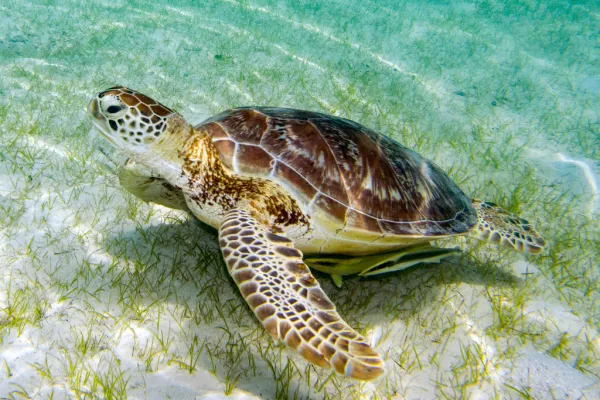
A relative of crocodiles, the Gharial is distinguished by its long, narrow snout. It is critically endangered and survives in limited areas of Bangladesh, India, and Nepal. Conservation programs in sanctuaries and national parks have helped stabilize some populations.
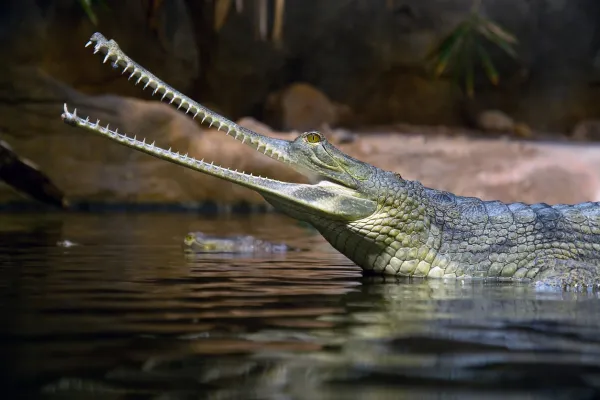
Native to the Chihuahuan Desert in Mexico, this tortoise has suffered from climate change, natural disasters, and prehistoric overhunting. Today, overexploitation continues and the species is critically endangered.
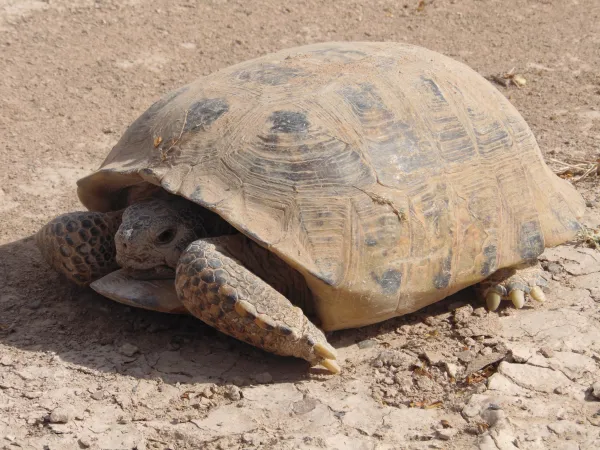
There are many more reptiles in danger of extinction. Here is a selection of additional notable species:
Cuban Crocodile (Crocodylus rhombifer)
Yangtze Giant Softshell Turtle (Rafetus swinhoei)
Galápagos Pink Iguana (Conolophus marthae)
Jamaican Iguana (Cyclura collei)
Chinese Alligator (Alligator sinensis)
Orinoco Crocodile (Crocodylus intermedius)
Siamese Crocodile (Crocodylus siamensis)
Mitchell’s Water Monitor (Varanus mitchelli)
Fiji Banded Iguana (Brachylophus vitiensis)
And over 40 additional species of lizards, chameleons, turtles, snakes, and geckos globally facing extinction.
Human activities such as agriculture, livestock farming, logging, mining, aquaculture, and infrastructure development destroy or fragment native habitats, both terrestrial and aquatic.
Many reptiles have exotic appearances that make them popular as pets. Despite international protection laws, numerous endangered reptiles are still captured and sold on the black market.
Invasive animals like feral cats and certain ant species threaten reptiles by preying on eggs and hatchlings or outcompeting native species.
Droughts, storms, wildfires, and earthquakes can devastate sensitive reptile populations and disrupt breeding cycles.
Reptiles play vital ecological roles as predators and prey, pest controllers, and ecosystem balancers. Their extinction would disrupt food webs and natural processes, potentially leading to ecological collapse. Protecting them means safeguarding biodiversity and preserving the delicate balance of nature that even humans rely upon.
Want to learn more? Stay tuned to our website for educational articles about endangered animals and biodiversity conservation.
If you found this article useful, don’t forget to check out our related posts on endangered amphibians, birds, and mammals.
Referencias
IUCN. (2021). Critically endangered and endangered reptiles. The IUCN Red List of Threatened Species. Version 2021-2. Disponible en: https://www.iucnredlist.org.
Bibliografía
Burton, F.J. (2012). Cyclura lewisi. The IUCN Red List of Threatened Species 2012: e.T44275A2994409. Disponible en: https://dx.doi.org/10.2305/IUCN.UK.2012.RLTS.T44275A2994409.en
van Dijk, P.P. (2011). Glyptemys muhlenbergii. The IUCN Red List of Threatened Species 2011: e.T4967A97416755. Disponible en: https://dx.doi.org/10.2305/IUCN.UK.2011-1.RLTS.T4967A11103317.en
Jenkins, R.K.B., Andreone, F., Andriamazava, A., Anjeriniaina, M., Brady, L., Glaw, F., Griffiths, R.A., Rabibisoa, N., Rakotomalala, D., Randrianantoandro, J.C., Randrianiriana, J., Randrianizahana, H., Ratsoavina, F. & Robsomanitrandrasana, E. (2011). Calumma tarzan. The IUCN Red List of Threatened Species 2011: e.T193482A8862229. Disponible en: https://dx.doi.org/10.2305/IUCN.UK.2011-2.RLTS.T193482A8862229.en
Sadlier, R.A., Bauer, A.M., Jourdan, H., Astrongatt, S., Deuss, M., Duval, T., Bourguet, E., McCoy, S., Bouteiller, A. & Lagrange, A. (2021). Oedodera marmorata. The IUCN Red List of Threatened Species 2021: e.T176174A123253917. Disponible en: https://dx.doi.org/10.2305/IUCN.UK.2021-2.RLTS.T176174A123253917.en
Nguyen, T.Q., Hamilton, P. & Ziegler, T. (2014). Shinisaurus crocodilurus. The IUCN Red List of Threatened Species 2014: e.T57287221A57287235. Disponible en: https://dx.doi.org/10.2305/IUCN.UK.2014-1.RLTS.T57287221A57287235.en
Arteaga-Navarro, A., Mayer, G.C., Poe, S. & Cisneros-Heredia, D.F. (2019). Anolis proboscis. The IUCN Red List of Threatened Species 2019: e.T178727A18975861. Disponible en: https://dx.doi.org/10.2305/IUCN.UK.2019-2.RLTS.T178727A18975861.en
Vanderduys, E., Wilson, S., Hobson, R., Venz, M. & Sanderson, C. (2017). Hemiaspis damelii. The IUCN Red List of Threatened Species 2017: e.T102709908A102709925. Disponible en: https://dx.doi.org/10.2305/IUCN.UK.2017-3.RLTS.T102709908A102709925.en
Seminoff, J.A. (Southwest Fisheries Science Center, U.S.). (2004). Chelonia mydas. The IUCN Red List of Threatened Species 2004: e.T4615A11037468. Disponible en: https://dx.doi.org/10.2305/IUCN.UK.2004.RLTS.T4615A11037468.en
Lang, J, Chowfin, S. & Ross, J.P. (2019). Gavialis gangeticus. The IUCN Red List of Threatened Species 2019: e.T8966A149227430. https://dx.doi.org/10.2305/IUCN.UK.2019-1.RLTS.T8966A1
animal tags: Endangered Reptiles
We created this article in conjunction with AI technology, then made sure it was fact-checked and edited by a Animals Top editor.